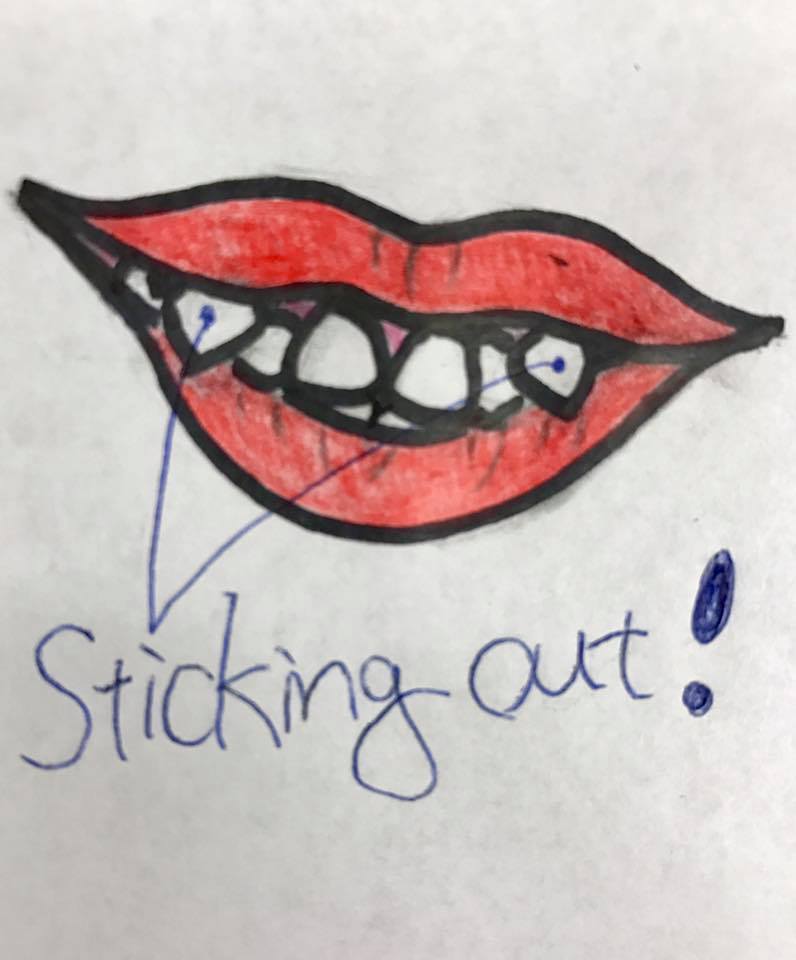PART 3 (Genre: Culture)
– Who Is the Most Beautiful? –
“Mirror, mirror, on the wall,
Who in this land is fairest of all?”
As we could see in old folktales such as “Snow White,” beauty has been the human ideal since ancient times… But what’s the “standard of beauty” that determines what’s considered beautiful?
“Standard of beauty” is ambiguous. The more different a culture is, the more different its “standard of beauty” is. For example, U.S. and Japan; there are some physical features that are generally considered the OPPOSITE values of beauty between these two countries. One of the major examples is the type of crooked teeth called “Yaeba.”
Yaeba is a Japanese dental term to describe a condition that the upper canine teeth stick out because of other teeth’s pressure pushing them out (shown in the picture). Its visual aspect often reminds American people of VAMPIRE TEETH. Most American people would get braces if they have that.
But how about in Japan? Yaeba often reminds Japanese people of PUPPY TEETH and some think it’s cute. Actually, some Japanese celebrities who have Yaeba don’t get braces on purpose. In 2013, it had become a trend among some Japanese girls to wear fake upper canines to create a Yaeba-smile. If you are an anime lover, you’ve probably seen some anime heroines who have Yaeba, haven’t you? All of these come from the Japanese “standard of beauty.”
What makes Yaeba’s values of beauty OPPOSITE? It’s mainly caused by two differences between U.S. and Japan:
1. People’s attitude towards their teeth:
Most American people believe straight teeth is the ideal smile, while most Japanese people don’t stick to straight teeth as much. Crooked teeth such as Yeaba tend to be considered a negative object in U.S., even though they tend not to in Japan.
2. People’s attitude towards an immature physical feature:
Yaeba often occurs to people who have small chins because their teeth don’t fit in; it’s an immature physical feature which reinforces a babyface. It’s usually considered a symbol of innocent youth in the Japanese sense of beauty that values immature cuteness, even though it’s hard for most American people who value mature beauty to find the positive values in it.
As Yaeba can be looked at as either VAMPIRE TEETH or PUPPY TEETH depending on each culture’s perspective, there are various ways of interpretation even for THE SAME OBJECT. Objects themselves don’t create any values of beauty, but our point of view towards them makes their values positive or negative.
…So what’s the “standard of beauty” after all? If I were the Magic Mirror in “Snow White,” I would answer to the Queen’s question of who’s fairest of all in this way:
“I don’t know.”
And I would continue with the reason:
“Each human determines what’s considered beautiful from a different sense of beauty that’s influenced by the environment they grow up in.”
– END –



コメント